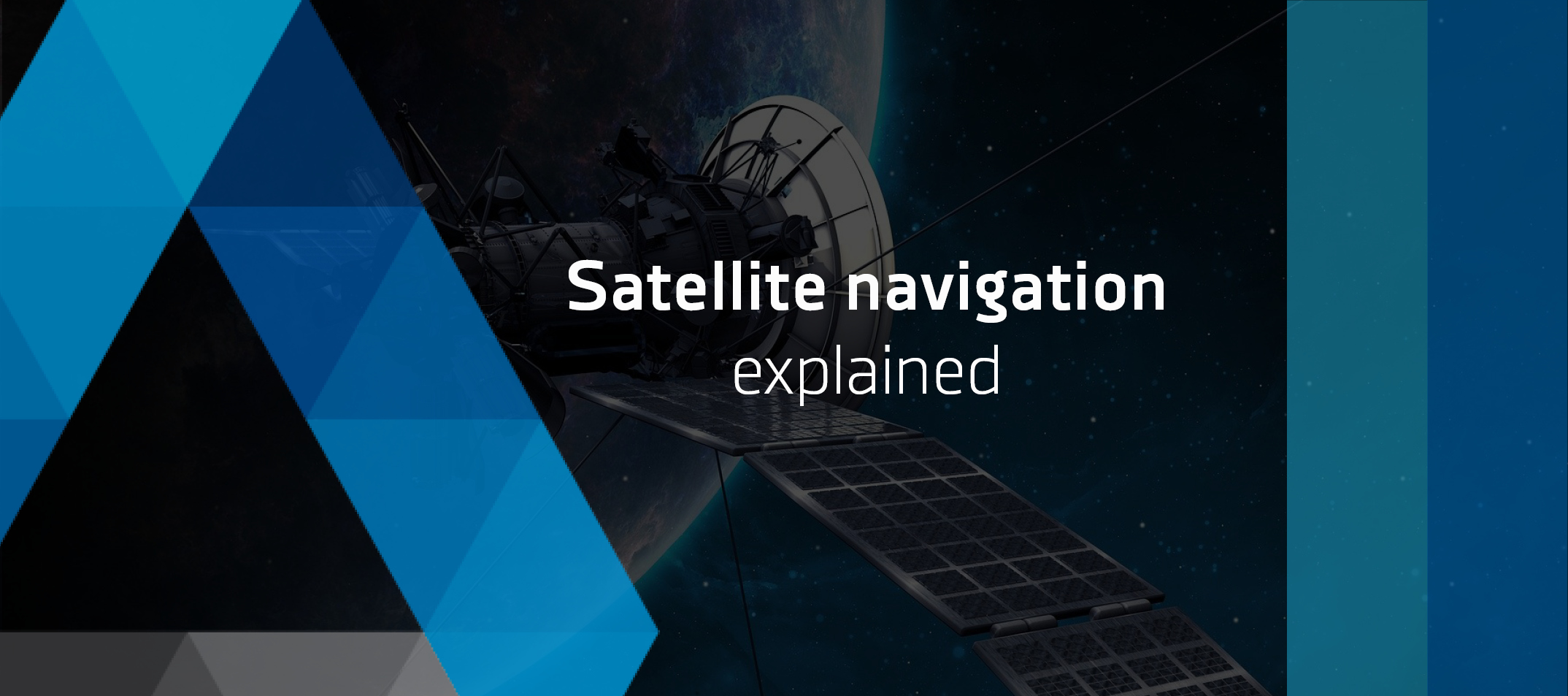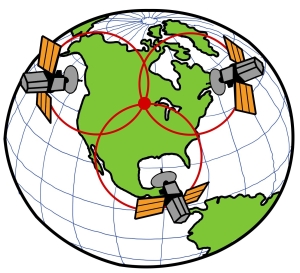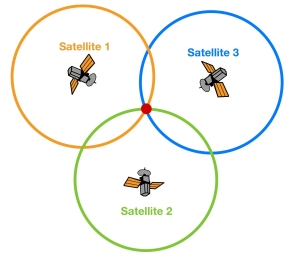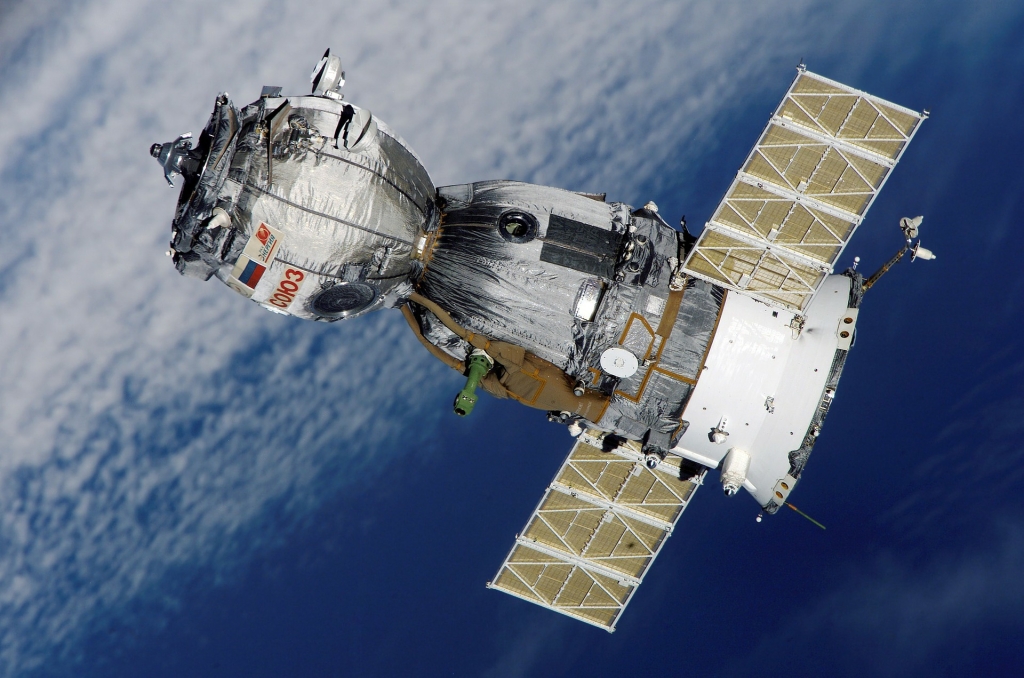Satellite navigation

A worldwide navigation system
As globalization gathered pace in the 20th century, it became increasingly important to know one’s exact location on the globe. When space travel became practical in the 1950s, an elegant and efficient solution emerged: satellite navigation. The USA operates the most widespread navigation system nowadays which has the name GPS (short for Global Positioning System).
However, hardly any country wants to be dependent on another nation. As a result, more and more countries developed their own satellite navigation system. Russia relies on GLONASS, the European Union on Galileo and China gave its GPS equivalent the name Beidou. Although, for example, Galileo (with ± 4 m) has a higher accuracy, GPS (with ± 10 m) remains the most frequently used civilian localization system to this day.
How satellite navigation works
All satellite navigation systems are based on a similar principle. The basic requirement is to have several satellites in orbit around the globe. Each of these satellites transmits a signal (consisting of radio waves) containing its current position and transmission time.
A receiver on earth that would like to determine his/her position needs a direct connection to at least three of these satellites. On the ground, the receiver first looks at one of the satellites and determines the arrival time of the satellite signal. Since the receiver now knows the arrival time and the transmission time (which he or she received from the satellite) of the signal, he or she can determine the distance from the satellite. This restricts the possible location of the receiver on a spherical surface (every point on the sphere has the same distance from the satellite).
If you do the same with two more satellites, you get a separate spherical surface for each satellite. The receiver is now located at the point on the earth’s surface where all three spheres intersect (see Figure 1).


Figure 1: How sattelite navigation works
A connection to additional satellites enables significant increases in accuracy. In practice, one requires a connection to at least a fourth satellite.
As a small side note: Einstein’s well-known theory of relativity plays a significant role in satellite navigation. If it were to be neglected, an error of 12 km in GPS accuracy would occur per day.
Satellite navigation for time synchronization
As the name suggests, the main purpose of satellite navigation was (and is) navigation. However, each satellite has a high-precision atomic clock on board to determine its own time. This is exactly why such systems are also suitable for the synchronization of time.
GPS in particular is frequently used for the synchronization of clocks. GPS time started on January 6, 1980, and at that time it coincided with the Coordinated Universal Time (UTC). However, to compensate for effects of the Earth’s rotation, leap seconds are repeatedly introduced in UTC (similar to leap years). Since GPS time does not consider this effect, there has arisen a difference of about 19 seconds between GPS time and UTC until today. To properly synchronize different clocks, one has to take this circumstance into account.
If only the time difference between satellite and receiver (relative time) is important for the use case, an error of just a few nanoseconds will result.

Satellite in earth orbit
DEWETRONs GPS solutions
For the synchronization of measuring systems, the relative time delay between different measuring devices is of particular importance. However, it is not always possible to connect measuring systems by means of cables. Exactly in such applications the use of satellites is a perfect alternative.
DEWETRON also relies on GPS synchronization for its measuring systems. Our TRION-TIMING-V3 module has been specially developed for this purpose. By connecting a GPS antenna to the SMA port, several devices can be synchronized with each other. This happens with a typical accuracy of 100 nanoseconds. To put this in perspective, 100 nanoseconds is a time span that is about a million times shorter than the blink of an eye.
In addition to time synchronization, we also offer modules for position localization by satellite navigation. TRION-VGPS-V3 supports the GPS and GLONASS standard. Thus accuracies down to a few centimeters are possible. Together with our OXYGEN software, this offers you countless possibilities.
If you would like to learn more about DEWETRON and our products, please visit the DEWETRON website. There you will not only find our OXYGEN software for data acquisition and evaluation, but also a variety of modular measurement and testing systems. Furthermore, we regularly publish blogposts, whitepapers and much more. To stay up to date, follow us on LinkedIn or YouTube.





